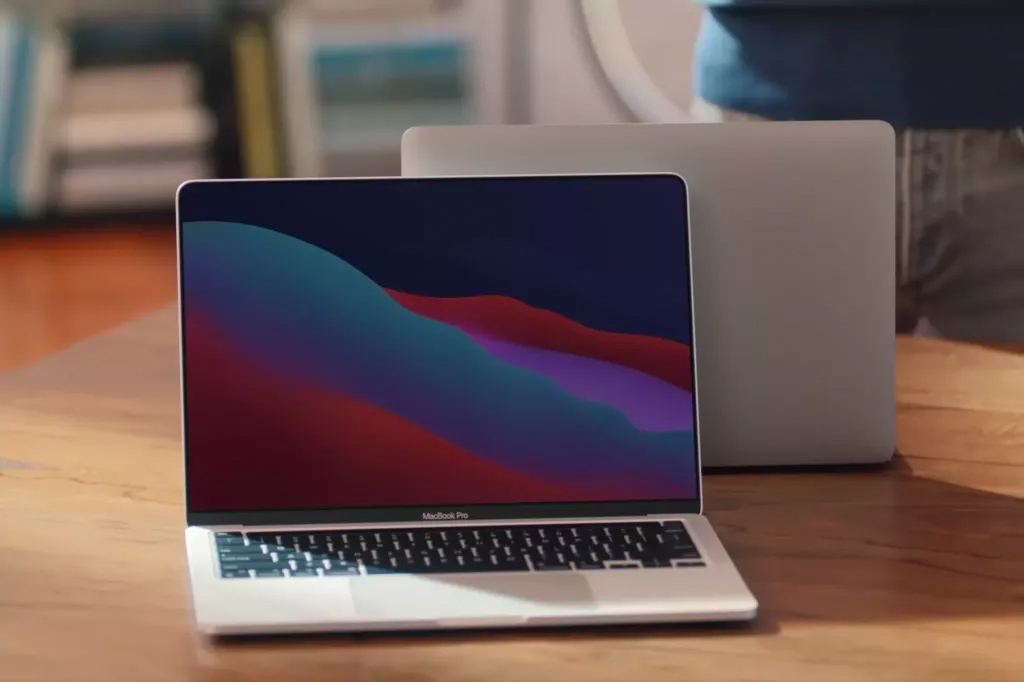MacBook Pro 2021 leak just revealed M1X chip’s power
The Apple M1X chip will add more cores and more power draw, says leaker

Earlier this week, a leak from Bloomberg’s Mark Gruman revealed that more powerful MacBook Pros would be coming this summer, powered by an enhanced version of Apple’s M1 chipset.
Now another leaker has offered some additional details about the rumored M1X processor that will power things. “The M1X is an extension of the M1 that will contain more Thunderbolt channels, CPU cores, GPU cores, multiple external monitor support, and greater power draw,” iOS developer Dylandkt claims, according to 9to5Mac. “These devices will both feature a 1080p webcam, SD card reader, three Thunderbolt USB C ports, an updated MagSafe port, and an HDMI port.”
- Apple M2 chip: Release date, specs, and what it means for MacBook Pro
- New 12.9-inch iPad Pro already has a display problem
- Just in: MacBook Pro 2021 just tipped for WWDC launch
The leaker also added an interesting snippet about the design of the device: “Focusing on the Macbook Pro 14-inch and 16-inch models, the design will be similar to the iPad Pro with flat edges. The bezels will be reduced and the bottom “Macbook Pro” logo will be removed.” To be clear, we understand that to be the text reading “MacBook Pro”, rather than the iconic illuminated Apple logo itself.
Interestingly, Dylandkt tweeted something very similar at the end of April, before Gurman’s report appeared, so this isn’t a case of leaning on someone else’s rumors. At the time, the leaker added that the M1X would appear in a “higher end Mac mini”, as well as 14- and 16-inch MacBook Pros and a souped-up iMac.
While Bloomberg’s piece didn’t put a name on the chipset, the report did have more specifics, stating that the upcoming MacBook Pros will be built with similar architecture to the current M1 models, only with ten cores: eight performance cores and two power-efficient ones.
Said MacBook Pros were, according to Gurman, set to arrive this summer, but that may not be the case if another source is to be believed. Reports suggest that updated MacBook Pros may be pushed back to the “fourth-quarter of 2021 or first-quarter of 2022”, due to difficult external factors: weak supply of mini-LED panels, and a “sudden surge” of coronavirus cases in Taiwan, where the units are due to be put together.
So it may be a while before we get to see what the second generation of Apple Silicon looks like, but it’s pretty clear that the company envisions this as the future. Last year’s M1 MacBook Air, MacBook Pro and Mac mini were all warmly received, and the same chipset has been used this year in the new iPad Pros and colorful 24-inch iMacs. So far, it’s looking good for Apple in its post-Intel chapter.
Sign up to get the BEST of Tom's Guide direct to your inbox.
Get instant access to breaking news, the hottest reviews, great deals and helpful tips.
- More: What's the best MacBook you can buy?
Freelance contributor Alan has been writing about tech for over a decade, covering phones, drones and everything in between. Previously Deputy Editor of tech site Alphr, his words are found all over the web and in the occasional magazine too. When not weighing up the pros and cons of the latest smartwatch, you'll probably find him tackling his ever-growing games backlog. Or, more likely, playing Spelunky for the millionth time.

